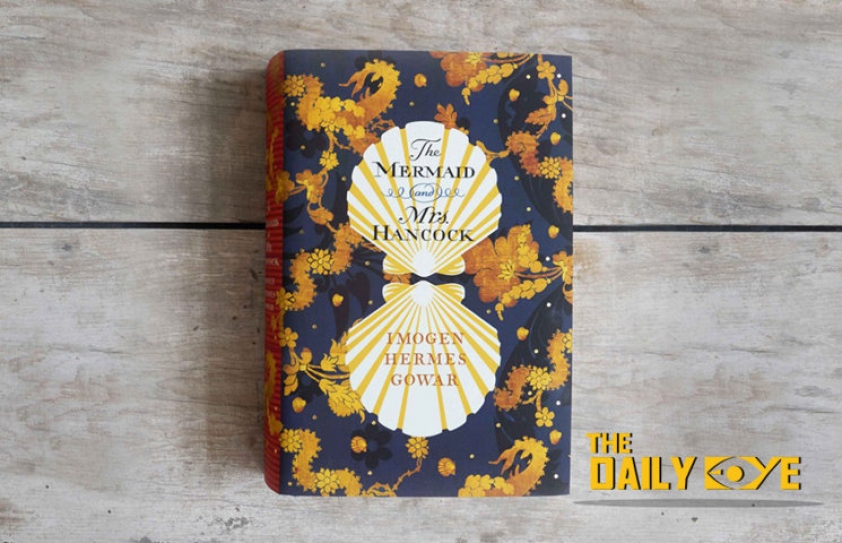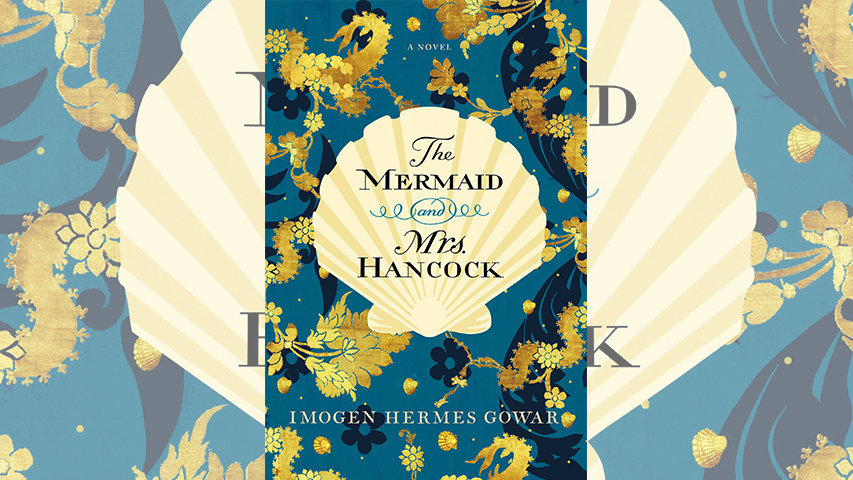
Day of the Courtesan
by Deepa Gahlot August 23 2018, 5:25 pm Estimated Reading Time: 2 mins, 26 secsThe mermaid has been creature of fairytales and romances; but what if the half-fish-half-woman is really a malevolent force?
Imogen Hermes Gowar’s historical novel with a large dollop of magic was shortlisted for the Women’s Prize for Fiction this year, and The Mermaid and Mrs Hancock makes readers believe in the impossible.
The novel is set in Georgian London of the eighteenth century, where a lonely middle-aged widower, Jonah Hancock, awaits news of one of his merchant ships gone out to trade. What he gets instead is his captain Tysoe Jones selling his ship to purchase a mermaid. Worse, the creature is not even alive, it is “desiccated and furious, its mouth open in an eternal apish scream.”
Hancock’s household, looked after sprightly niece Susannah and a young maid, is all agog. Jones suggests that Hancock recover his lost money by displaying the mermaid in a public place and charging good money as entry fees. Much to his surprise, and his stern sister’s disapproval, the freak-show works.
Meanwhile, in another part of London, a beautiful courtesan, Angelica Neal, is in financial trouble, when her aristocratic lover dies without leaving her anything. Angelica had come out of London’s most celebrated bordello, run by the wheezy old Bet Chappell, who is a shrewd businesswoman and unabashed madam to a gaggle of pretty, young girls sought after by the rich and powerful men of London.
_thedailyeye.jpg)
Imogen Hermes Gowar (The Times)
Chappell offers Hancock a large sum to hire the mermaid, to attract more wealthy customers to her brothel. Hancock, who is a simple man, goes to the grand party thrown to display the mermaid, and while he is besotted by Angelica, he is horrified by the orgy that takes place.
Angelica falls in love with a handsome leech, finds herself penniless and without any prospects at the age of just twenty-eight, when in her trade, she is considered old. To save herself from impending disaster, she offers marriage to Hancock, who is probably too shocked to refuse a damsel in true distress.
The real mermaid of the title makes its mysterious appearance now, and in keeping with the myths that say mermaids bring bad luck, the mismatched but strangely happy marriage of Jonah and Angelica comes under an inexplicably ill omen.

The Mermaid and Mrs.Hancock
Gowar captures the period with meticulousness, does not judge the rapacious Bet Campbell or the vain Angelica. There is cruelty and tenderness, hopeless love and emotional exploitation, wit and misery in the story. Besides, it turns all mermaid mythology that have grown up with on its head. The mermaid here seems to be a symbol of the unattainable—the more one hankers after it, the more unhappiness one generates.
The Mermaid and Mrs Hancock
By Imogen Hermes Gowar
Publisher: Harvill Secker
Pages: 496




-173X130.jpg)
-173X130.jpg)

-173X130.jpg)
-173X130.jpg)


